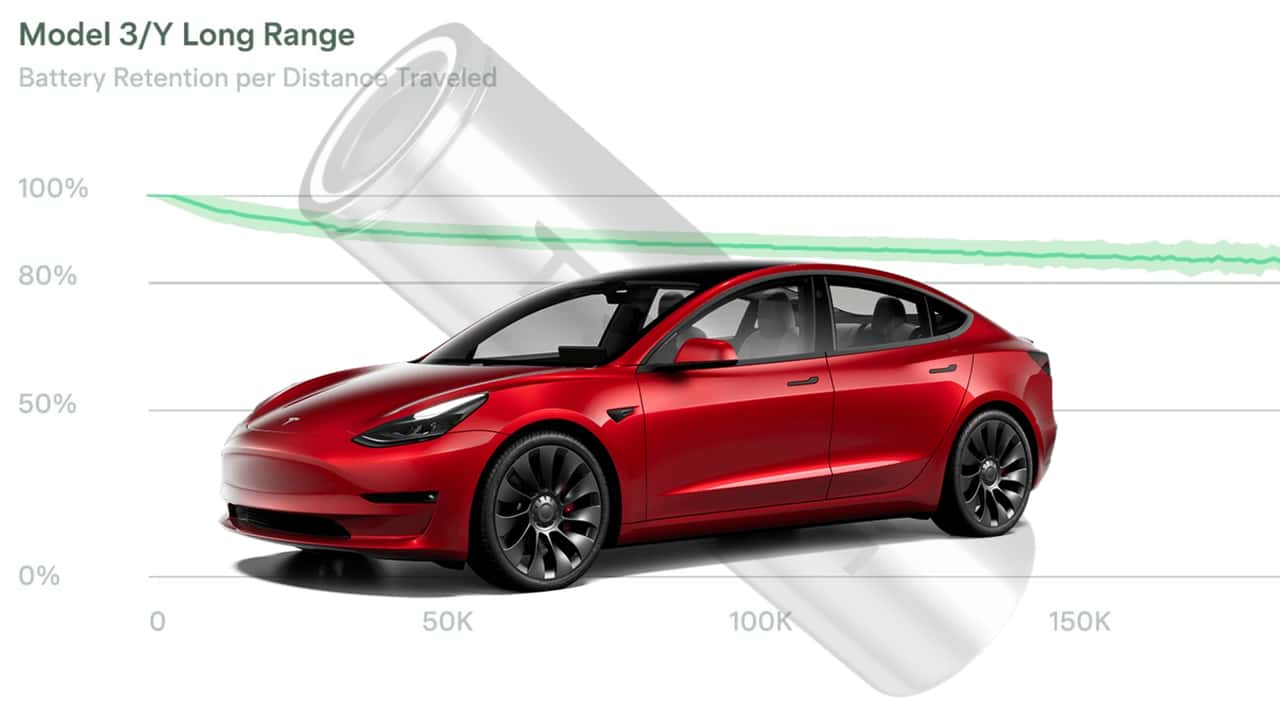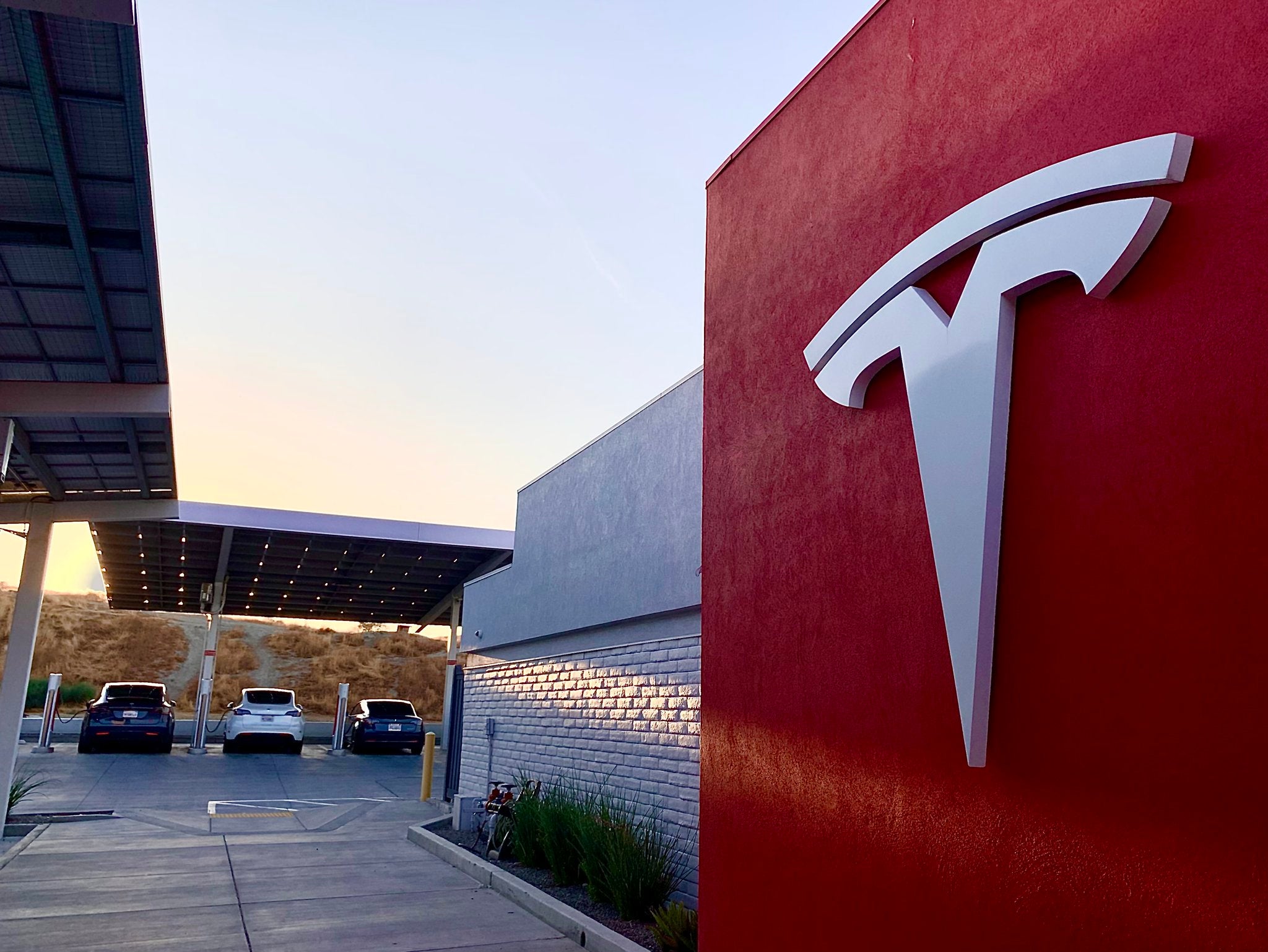
Modi per Calcolare la Capacità / Degradazione della Batteria
Fonte immagine in evidenza: InsideEVs
Possiedi una Tesla e vuoi calcolare la capacità residua della tua batteria?
Non è un segreto che le batterie Tesla perdano capacità nel tempo, ma quanto? Bene, Tesla afferma che le loro batterie vedono solo il 12% di degrado su 200.000 miglia (in media) basandosi sui loro dati reali da

Basandomi su alcune ricerche che ho fatto e su alcuni feedback su X (precedentemente Twitter), ho raccolto diversi modi in cui puoi calcolare la capacità residua della batteria nella tua Tesla! Userò la mia Tesla del 2023
1.
- Capacità della Batteria = (Autonomia Attuale Visualizzata / Autonomia Originale Visualizzata) * Capacità Originale della Batteria = Capacità Attuale della Batteria
- La mia 2023
Model Y Capacità della Batteria = (312mi / 330mi) * 79.5kWh = 75.16kWh
2.
- L'immagine qui sotto mostra la salute della batteria della mia Tesla
Model Y a circa 25.000 miglia, 74.8kWh.

3.
4.Meno specificamente, puoi notateslaapp.com dice “

Ricorda che questa è una soluzione automatizzata e la tua richiesta non verrà effettivamente inviata a un centro di assistenza quando tocchi Avanti. L'app eseguirà una rapida autodiagnosi per vedere se la tua batteria è entro il normale intervallo di degrado. Questo è un rapido auto-test e ti fa sapere che sei ben entro i livelli di degrado della batteria previsti da Tesla.
Perché è importante? Beh, se sei come me, ti piace fare molti calcoli per massimizzare l'efficienza del tuo viaggio mentre fai un road trip con la tua Tesla! Il link qui sotto mostra un mio precedente blog in cui evidenzio modi per risparmiare tempo e denaro durante i viaggi più lunghi in una Tesla. Se stai davvero cercando di minimizzare il tempo di ricarica, guidare fino alla percentuale di batteria più bassa (sicura) possibile è essenziale per massimizzare la curva di Supercharging. Per farlo, spesso calcolo manualmente quale efficienza è necessaria per raggiungere la nostra prossima fermata di ricarica o destinazione.
Ad esempio, stai guidando e hai il 50% di batteria nella mia Tesla
Blog Precedente:
Come fare un viaggio su strada in modo più efficiente con una Tesla
Spero che ti sia piaciuto questo post. Questo è offerto da Alan Meyer, proprietario del TesCalendar. Per favore, controlla il TesCalendar su TesCalendar.com o su X (precedentemente Twitter) @TesCalendar1.





Commenta
Questo sito è protetto da hCaptcha e applica le Norme sulla privacy e i Termini di servizio di hCaptcha.